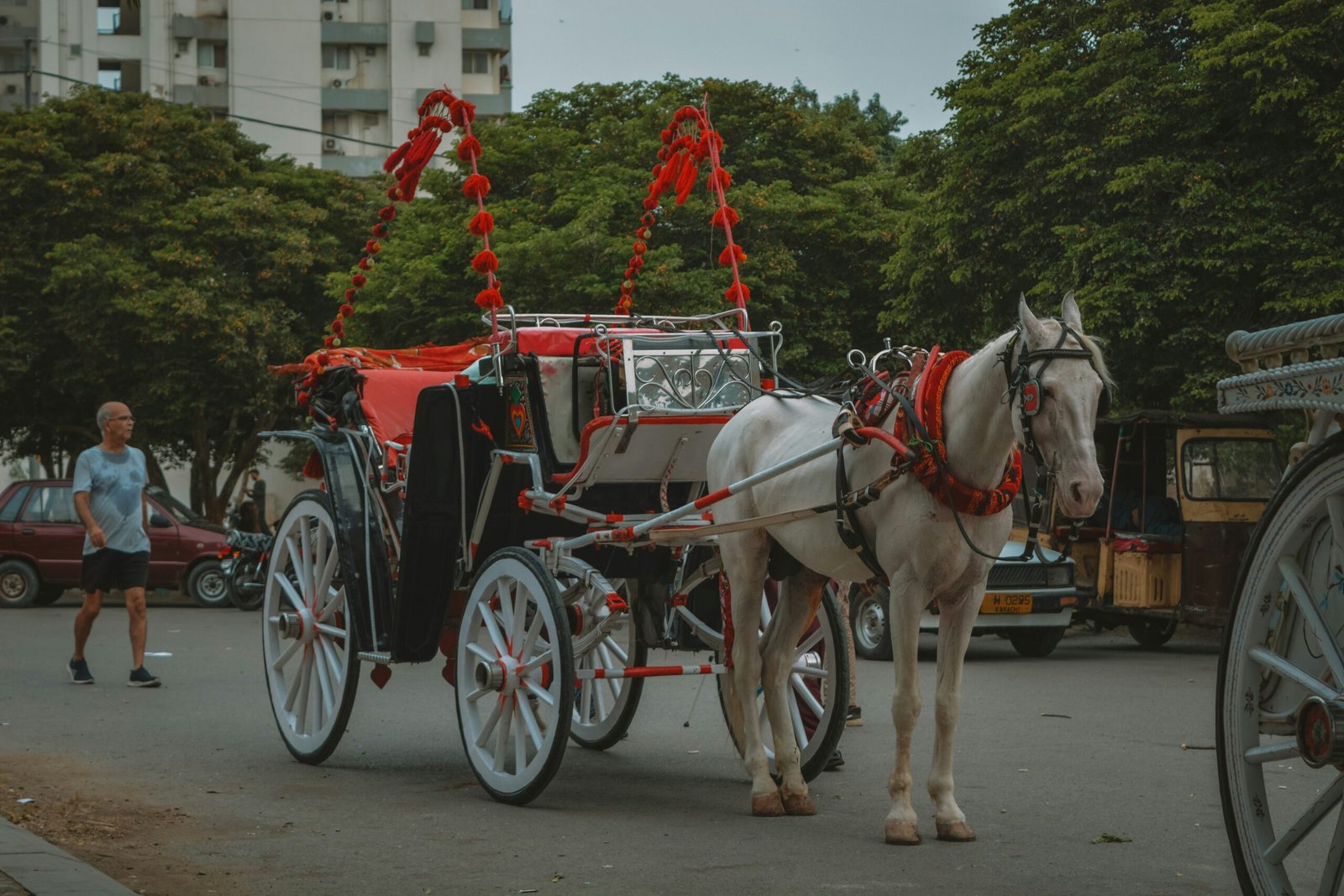Discover the Unseen of
Bihar
HIGHLIGHT
Explore the rich heritage of Bihar, from the ancient ruins of Nalanda to the sacred Bodh Gaya, where Buddha attained enlightenment. Dive into a journey of history, spirituality, and natural beauty in this culturally vibrant state!
BIHAR
The Soul of India’s History and Spirituality
From vibrant festivals to ancient pilgrimage sites, Bihar offers a rich cultural tapestry that weaves together faith, history, and natural beauty.
Bihar, the land of ancient wonders and spiritual serenity, offers a unique blend of history, culture, and nature. From the majestic ruins of Nalanda University to the tranquil Bodh Gaya, where Lord Buddha attained enlightenment, Bihar is a treasure trove of heritage and spirituality. Whether you're exploring the vibrant festivals, visiting holy pilgrimage sites, or admiring the scenic beauty of its rivers and landscapes, a tour of Bihar promises a journey through time, tradition, and tranquility. Discover the heart of India's past and its enduring cultural legacy in Bihar!
History of Bihar:
Bihar’s history stretches back over 3,000 years, with the region playing a crucial role in shaping Indian civilization. It was home to powerful empires such as the Maurya and Gupta dynasties, both of which were instrumental in the spread of Buddhism and the rise of Indian culture and knowledge. The city of Pataliputra (modern-day Patna) served as the capital of these great empires. Bihar is also where Lord Buddha attained enlightenment under the Bodhi tree in Bodh Gaya, making it a major pilgrimage site for Buddhists worldwide. The ancient university of Nalanda, a center of learning from the 5th to the 12th centuries, further highlights Bihar’s intellectual prominence in world history.
Culture and Festivals
Bihar’s culture is a vibrant mix of historical traditions, spirituality, and rich folk heritage. The state is known for its diverse arts, including Madhubani painting and classical music traditions. Festivals are an integral part of Bihar’s cultural identity:
Chhath Puja: One of the most significant festivals in Bihar, dedicated to the Sun God, observed with great devotion along the banks of rivers.
Sonepur Mela: Known as the largest cattle fair in Asia, it also includes various cultural performances, handicraft stalls, and a showcase of traditional Bihari cuisine.
Buddha Jayanti: Celebrated in Bodh Gaya, this festival marks the birth, enlightenment, and death of Lord Buddha and draws global visitors.
Makar Sankranti and Holi: Traditional festivals celebrated with joy, folk music, dance, and feasting.
Places of Interest
Bodh Gaya: The most sacred place for Buddhists worldwide, where Lord Buddha attained enlightenment under the Bodhi tree. The Mahabodhi Temple complex is a UNESCO World Heritage Site and a spiritual hub.
Nalanda University: Once a global center for learning and a renowned Buddhist monastery, Nalanda University’s ruins still reflect its academic grandeur and are a UNESCO World Heritage Site.
Rajgir: A spiritual and historical town, Rajgir was an ancient capital of the Magadh kingdom and a place where Buddha spent many years. Its hot springs and scenic hills add to its charm.
Vaishali: Known as one of the first republics in the world and a significant site in both Buddhism and Jainism. The Ashokan Pillar and relics of Buddha draw many visitors.
Patna: The capital city of Bihar, known for its rich history as the ancient city of Pataliputra. Key attractions include Patna Sahib Gurudwara, the Bihar Museum, and Golghar.
Vikramshila: An ancient university and a vital center of Buddhist learning, Vikramshila is often considered a sister institution to Nalanda.
Sasaram: Famous for the grand tomb of Sher Shah Suri, an architectural marvel from the Mughal era.
Valmiki National Park: Bihar’s lush forest reserve and a wildlife sanctuary, home to a variety of flora and fauna, including Bengal tigers, offers nature lovers an escape into the wild.
What's the weather like?
When to visit Bihar
The best time to visit Bihar is during the winter and spring seasons, from October to March, when the weather is pleasant and ideal for sightseeing. The cool temperatures make exploring historical sites and outdoor attractions more comfortable
15
°C
60
MM
30
°C
80
MM
Spring
March to May
Summer
June to August
28
°C
100
MM
40
°C
90
MM
Autumn
September to November
Winter
December to February
Spring
March to May
Summer
June to August
Autumn
September to November
Winter
December to February









Example Trips
Book Your Tour
Browse our example trips and get in contact to start planning your very own adventure.
Escape the Ordinary
Our Stories
"Memories of a Lifetime"
Thanks to Hidden Journeys, we discovered parts of India we didn’t even know existed. Their knowledge of local culture and hidden gems made this the trip of a lifetime. Can’t wait for our next adventure with them!

Lita from Japan
"Tailored Perfection!"
Our travel agent listened attentively to our preferences and crafted a bespoke itinerary that exceeded our wildest dreams. From securing coveted reservations to arranging private tours, they went above and beyond to ensure our satisfaction. Thanks to their dedication and expertise, we enjoyed a seamless and truly unforgettable journey. We can't wait to plan our next adventure with them!

flombergdeb from USA
CEOApple"A Dream Destination Wedding Come True"
Hidden Journeys planned our destination wedding in Rajasthan, and it was beyond magical. From the intricately planned ceremonies to the breathtaking venues, everything was flawless. Our guests still rave about the experience!

Mercel
Travel Safely with Hidden Journeys
Proudly Recognized by the Ministry of Tourism
At Hidden Journeys, your safety and memorable travel experiences are our top priorities. Proudly recognized by the Ministry of Tourism and affiliated with esteemed organizations such as ADTOI (Association of Domestic Tour Operators of India) and IOTA (Indian Outbound Travel Association), we ensure that every journey is crafted to the highest standards of quality and trust. With over 20 years of expertise in curating authentic, immersive travel experiences across India, we’re here to show you the unseen side of India with the utmost care and dedication. Travel with confidence and explore India like never before – only with Hidden Journeys.

As Seen In






Your Bespoke & Luxury Travel partner. Discover unseen of India.


